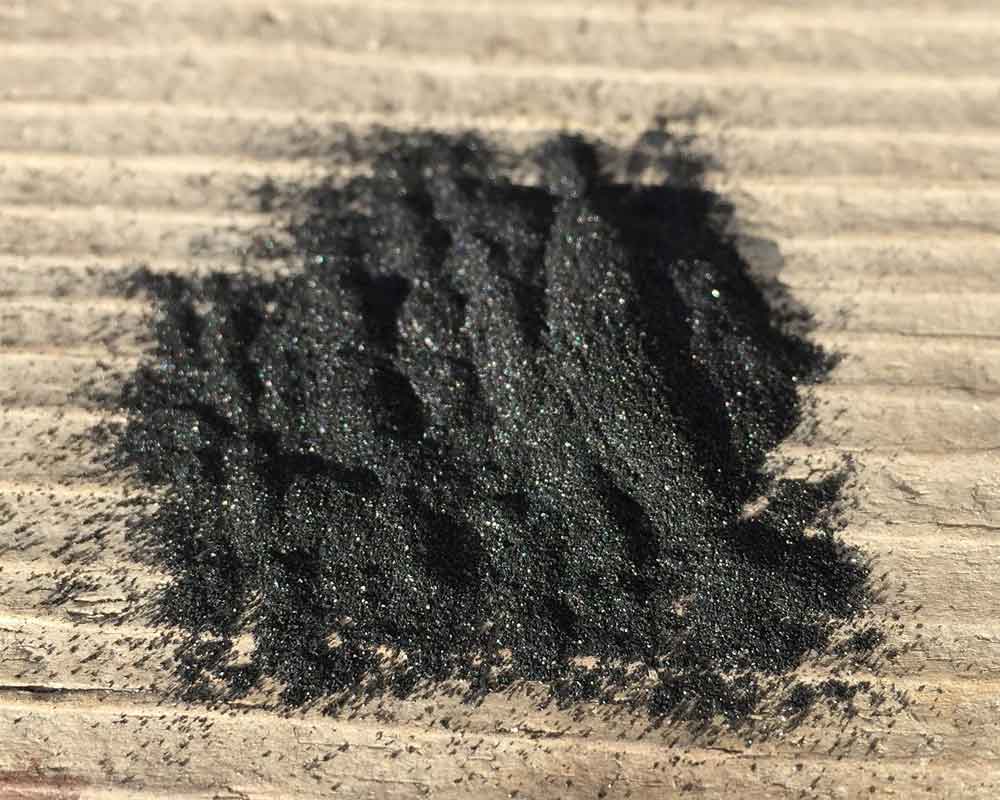Application and market of graphite electrodes
Graphite electrodes are mainly made of petroleum coke and needle coke as raw materials, coal tar pitch is used as a binder, and are made by calcining, batching, kneading, pressing, roasting, graphitization, and machining. It releases electric energy in the form of electric arc in an electric arc furnace. Conductor for thermal melting of the charge.

Classification of graphite electrodes
According to its quality index, it can be divided into ordinary power, high power and super high power. Graphite electrodes mainly include four types of ordinary power graphite electrodes, anti-oxidation coating graphite electrodes, high-power graphite electrodes and ultra-high-power graphite electrodes.
- Ordinary power graphite electrode
Graphite electrodes with current density lower than 17A/cm2 are allowed, which are mainly used for ordinary power electric furnaces for steelmaking, silicon making, and yellow phosphorus making.
- Anti-oxidation coating graphite electrode
A graphite electrode coated with an anti-oxidation protective layer (graphite electrode antioxidant) forms a protective layer that is both conductive and resistant to high-temperature oxidation, reducing electrode consumption (19%-50%) during steelmaking, and prolonging the use of electrodes Life span (22%~60%), reduce the power consumption of the electrode.
- High power graphite electrode
Graphite electrodes with a current density of 18-25A/cm2 are allowed, which are mainly used in high-power electric arc furnaces for steelmaking.
- Ultra-high power graphite electrode
Graphite electrodes with a current density greater than 25A/cm2 are allowed, and they are mainly used for ultra-high power steelmaking electric arc furnaces.
Characteristics of graphite electrodes
Advantages: good electrical conductivity, chemical stability, low electrode consumption, fast processing speed, good mechanical processing performance, high processing accuracy, small thermal deformation, light weight, easy surface treatment, high temperature resistance, high processing temperature, electrode bonding .
Disadvantages: The production cycle is long (the normal production cycle of graphite electrodes is generally about 90 days, and the production of electrode joints is four more processes than electrodes) and high cost.
There are five main elements to measure the performance of electrodes, which are processing speed, wear resistance, processed surface finish, processability and material cost. Copper electrodes are suitable for processing small and medium-sized workpieces with high surface roughness requirements; while graphite is suitable for processing various workpieces with low area roughness requirements, high electrode processing accuracy, high material unit prices, and high processing speeds.
Application of graphite electrode
- Application in die casting mold
In actual application, the processing time of graphite electrode is 1/2 of that of copper electrode with high precision, and the processing speed is 1.5 times that of copper electrode. According to statistics, if graphite electrodes are used for mold processing, small molds can save 15,000 yuan per set, medium-sized molds can save 50,000 yuan per set, and large-scale molds can save 85,000 yuan per set.
- Application in EDM
In the EDM process, tool click is the key determinant of the machining effect. Electrodes of different materials have a greater impact on processing efficiency, electrode loss, and surface quality. The high-performance graphite electrode has the unique advantages of small deformation, good thermal stability, high discharge efficiency, low loss, good conductivity, low density, no pollution to the environment, and reproducibility. It is an ideal electrode material. In Europe, more than 90% of the electrode materials used in EDM are graphite.
Graphite electrode market
According to the working current density, graphite electrodes are divided into ordinary graphite electrodes (RP), high-power graphite electrodes (HP), and ultra-high-power graphite electrodes (UHP). The main production and export countries of graphite electrodes abroad are the United States, Germany and Japan.
Graphite electrode raw materials include petroleum coke, coal pitch, calcined coke, needle coke and other major raw materials. The price of needle coke, the main raw material for graphite electrodes, rose the most, with a peak of 67% in one day. Needle coke accounts for 70% of the total cost of graphite electrodes, and ultra-high power graphite electrodes need to consume 1.05t needle coke. Needle coke can also be used in lithium batteries, nuclear power, aerospace and other fields.
Article source: China Powder Network
